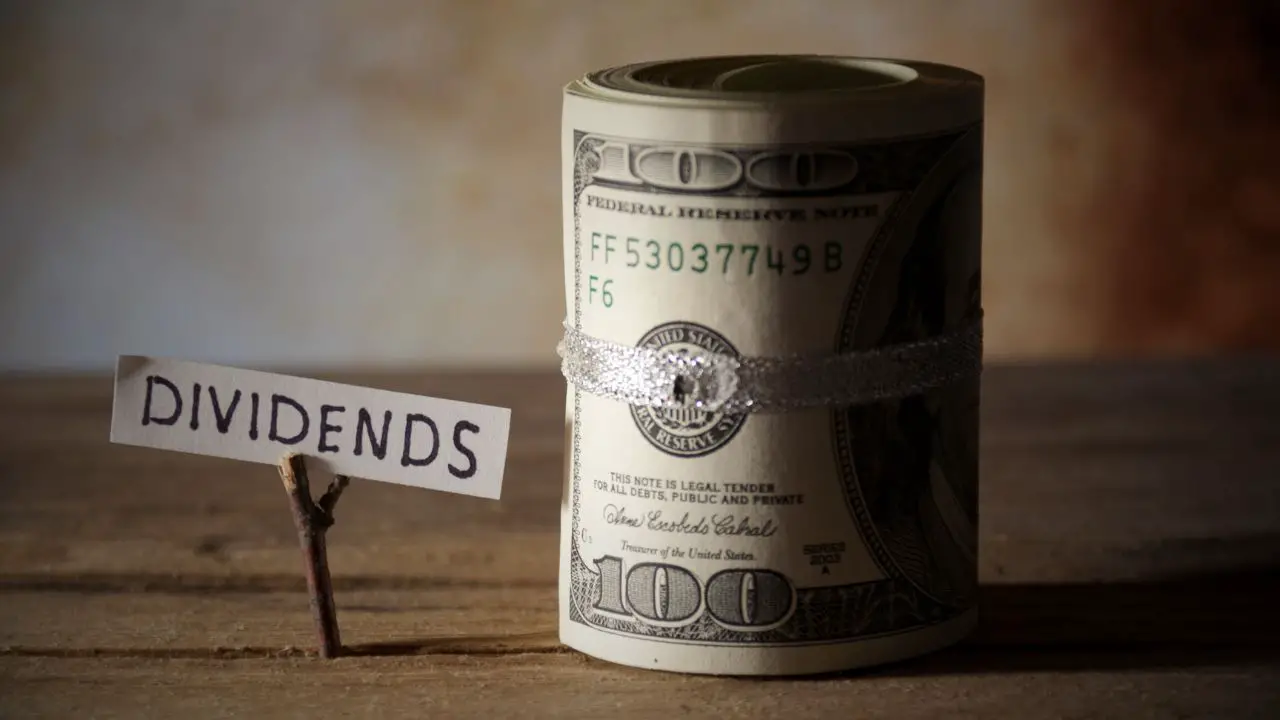Collateral is an asset or property a borrower offers to a lender as a form of security for a loan. If the borrower defaults on their loan payments, the lender has the legal right to seize the collateral and sell it to recover their losses.
How Collateral Works
Think of collateral as a safety net for the person or institution lending you money. In a lending agreement, collateral is like a promise or a backup plan. It’s something valuable that the borrower agrees to give to the lender if they can’t pay back the loan as agreed.
Here’s how it works step by step. First, when you want to borrow money, you and the lender choose something valuable you own to serve as collateral. The lender will check that this item is worth enough to cover the amount of money you’re borrowing.
Once the loan is given, the lender kind of has a hold or claim on your collateral, even though it remains in your possession. As long as you pay back your loan on time, everything’s fine, and you keep your collateral. But if you stop making payments, the lender can take the collateral from you. This process is known as foreclosure in the context of mortgages or repossession for other types of collateral. The lender then sells the collateral, often through an auction, to recoup their losses.

Types of Collateral
The type of collateral accepted by lenders often depends on the nature of the loan. It typically corresponds to the specific asset that the borrowed funds are intended to finance. This correlation provides lenders with a security net, ensuring that if a borrower defaults on their loan, the lender can recover their funds by seizing and selling the collateral.
For example, in a home loan or mortgage, the home acts as the collateral. If the borrower fails to make timely mortgage payments, the lender can foreclose on the home and sell it to recoup the loan amount. Similarly, in the case of an auto loan, the vehicle bought with the loan serves as the collateral. The lender holds a lien on the vehicle’s title, and in case of default, they have the right to repossess and sell the vehicle.
In contrast, business loans often involve a wider variety of collateral options. These can include physical assets such as company-owned properties or machinery, or even intangible assets like patents or future accounts receivable. Depending on the terms of the loan, a single asset, multiple assets, or a percentage of future revenue could serve as collateral. In case of default, these assets can be seized or the promised revenue deducted to repay the loan.
Examples of Collateral in Everyday Life
There are countless real-life examples of collateral, and understanding them can help bring the concept to life.
1. Mortgage Loan
When buying a home, most people don’t pay the full price upfront. Instead, they take out a mortgage, a type of loan specifically designed for real estate purchases. In a mortgage loan, the house itself serves as the collateral. The lending institution holds a lien on the house title until the loan, including the principal and the interest, is fully paid off. If the borrower defaults on their mortgage payments, the lender can foreclose on the property, sell it, and use the proceeds to recover the unpaid loan amount.
2. Home Equity Loan
Homeowners may want to tap into the value of their homes without selling them – for instance, to fund a major renovation, pay for higher education, or consolidate high-interest debts. This can be done through a home equity loan. In such a loan, the borrower’s equity in their home (the home’s current market value minus the outstanding mortgage balance) serves as the collateral. If the borrower fails to repay, the lender can sell the home to satisfy the debt.
3. Car Loan
Car loans are another common example where collateral is involved. Here, the vehicle you’re purchasing with the loan serves as the collateral. The lending institution holds a lien on the vehicle’s title until the loan is paid off. If you stop making payments before that, the lender can repossess the car and sell it to recoup their losses.
4. Margin Trading
Margin trading is a practice common in stock markets and involves trading using borrowed funds. Investors open a margin account with their broker, deposit a certain amount of money, and are then allowed to borrow additional funds for buying securities. The catch here is that the securities purchased, along with the initial deposit, act as collateral for the borrowed funds.
FAQs
The purpose of collateral is to provide a form of security for the lender. It reduces the risk associated with lending money, as the lender can seize the collateral if the borrower defaults on the loan.
In theory, yes, as long as the lender agrees to it. However, lenders typically prefer assets that can be easily valued and sold, such as real estate or vehicles.
Yes, offering collateral can help individuals with bad credit secure a loan. Since the collateral reduces the lender’s risk, they might be more willing to provide a loan even if the borrower has a poor credit history.
An unsecured loan is a loan that doesn’t require collateral. These loans are riskier for lenders and typically come with higher interest rates.



